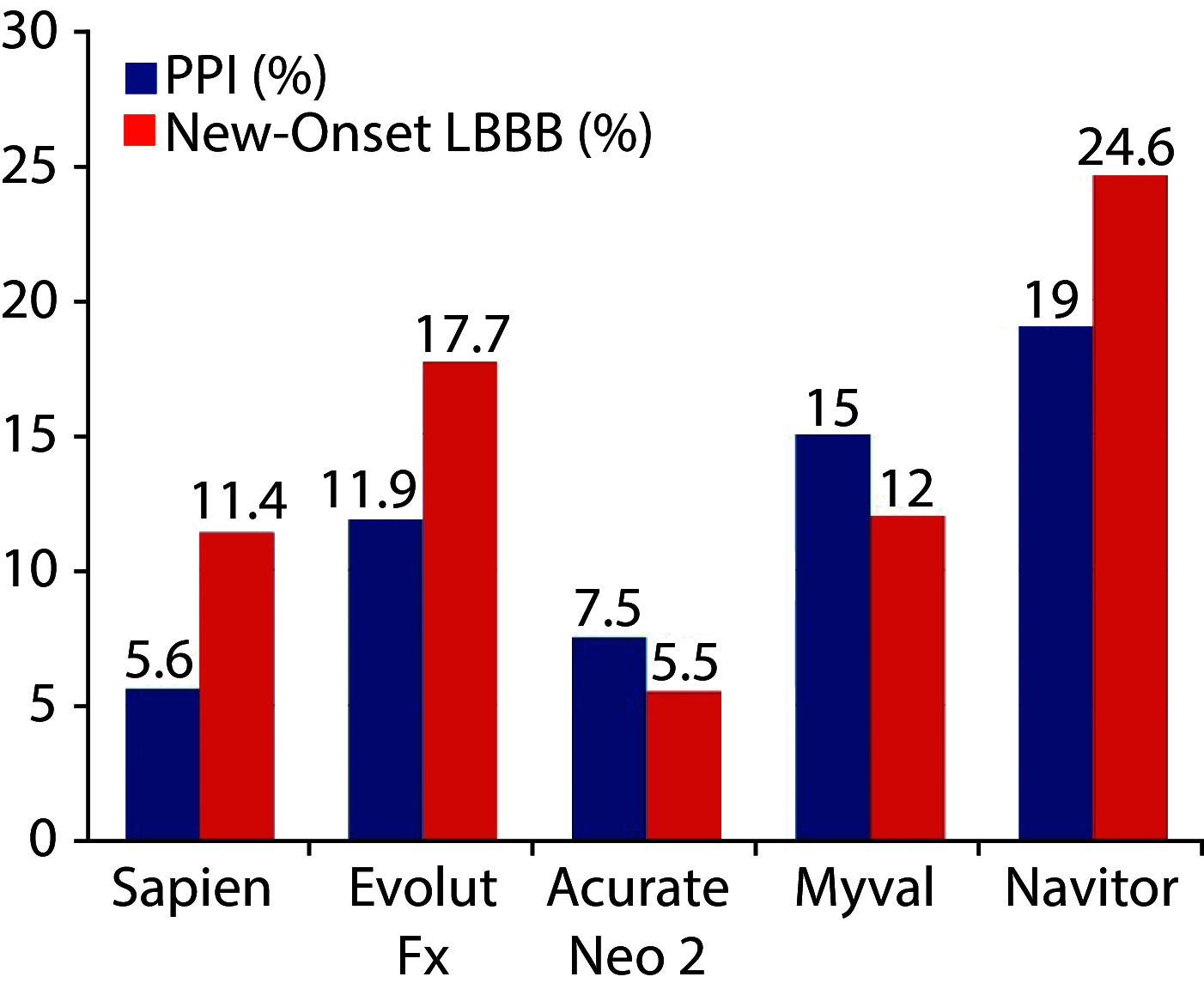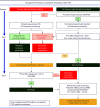Management of conduction disturbances after TAVI: the last step towards early discharge
- PMID: 40607130
- PMCID: PMC12209152
- DOI: 10.26599/1671-5411.2025.05.004
Management of conduction disturbances after TAVI: the last step towards early discharge
Abstract
The incidence of new-onset cardiac conduction disturbances following transcatheter aortic valve implantation (TAVI) has not decreased compared to other complications, and nowadays is by far the most frequent drawback following the procedure. Meanwhile, the global management of TAVI recipients has led to a minimalist approach with short postprocedural length of stay, which may be limited by the occurrence of late arrhythmic events in patients at high-risk. This review focuses on those strategies to overcome the conundrum between early discharge and new-onset conduction disturbances in elderly TAVI candidates and provides a perspective on future improvements in this field.
© 2025 JGC All rights reserved; www.jgc301.com.
Figures



Similar articles
-
Predictors of length of hospital stay and impact of a TAVI program on management and outcomes of patients undergoing transcatheter aortic valve implantation.J Geriatr Cardiol. 2025 May 28;22(5):506-515. doi: 10.26599/1671-5411.2025.05.002. J Geriatr Cardiol. 2025. PMID: 40607136 Free PMC article.
-
The interplay between permanent pacemaker implantation and mortality in patients treated by transcatheter aortic valve implantation: A systematic review and meta-analysis.Catheter Cardiovasc Interv. 2018 Sep 1;92(3):E159-E167. doi: 10.1002/ccd.27681. Epub 2018 Jul 18. Catheter Cardiovasc Interv. 2018. PMID: 30019825
-
Impact of SGLT2-inhibitors on acute kidney injury in diabetic patients with severe aortic stenosis undergoing transcatheter aortic valve implantation (TAVI).Cardiovasc Diabetol. 2025 May 21;24(1):221. doi: 10.1186/s12933-025-02773-x. Cardiovasc Diabetol. 2025. PMID: 40399991 Free PMC article.
-
Study protocol for an internahaational prospective non-randomised trial evaluating the long-term outcomes of transcatheter aortic valve implantation versus surgical aortic valve replacement for aortic-valve stenosis in patients at risk to severe valve obstruction: the TAVISAR trial.BMJ Open. 2025 May 24;15(5):e101417. doi: 10.1136/bmjopen-2025-101417. BMJ Open. 2025. PMID: 40413055 Free PMC article.
-
Transcatheter aortic valve implantation for aortic stenosis in high surgical risk patients: A systematic review and meta-analysis.PLoS One. 2018 May 10;13(5):e0196877. doi: 10.1371/journal.pone.0196877. eCollection 2018. PLoS One. 2018. PMID: 29746546 Free PMC article.
References
-
- Stewart BF, Siscovick D, Lind BK, et al Clinical factors associated with calcific aortic valve disease. Cardiovascular Health Study. J Am Coll Cardiol. 1997;29:630–634. - PubMed
LinkOut - more resources
Full Text Sources
